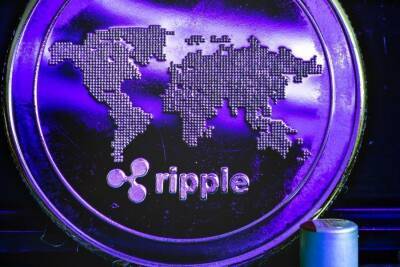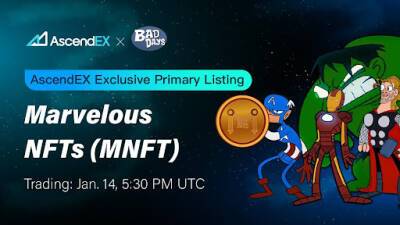Ethereum futures and options data reflects traders’ mixed emotions on $3.2K ETH price
Ether (ETH) has been an emotional rollercoaster over the past three months primarily because its price rallied twice. First it peaked at $4,870 on Nov. 10 and at $4,780 on Dec. 1. However, the double top was quickly followed by a harsh rejection which led to $490 million in long futures contract liquidations in 48 hours.
Once again, hope was instilled on Dec. 8 after Ether commenced to rally 28.5% in 4 days to retest the $4,400 support. Soon after, the downtrend continued, leading to the $2,900 bottom on Jan. 10, which was the lowest ETH price seen in 102 days. This low marked a 40% low from the $4,870 all-time high and caused traders to question whether a bear market had been set.
One might argue that Ether is simply following Bitcoin's 42% correction from the Nov. 10 all-time high at $69,000 and the most recent pullback has partially been attributed to the United States Federal Reserve's potential tighter monetary policies and Kazakhstan's political turmoil impact on mining.
This simplistic analysis leaves behind some crucial developments, such as China's official digital yuan wallet becoming the most downloaded app in local mobile app stores on Jan. 10. Furthermore, a pilot version of the nation’s central bank digital currency (CBDC) is being used in select cities and it also became available for download on app stores on Jan. 4.
Even with the fiscal policy pressure and negatively skewed price action, traders should still monitor the futures contracts premium (basis rate) to analyze how bullish or bearish professional traders are.
The basis indicator measures the difference between longer-term futures contracts and the current spot market levels. A 5% to 15% annualized premium is expected in healthy markets. This price gap
Read more on cointelegraph.com






















